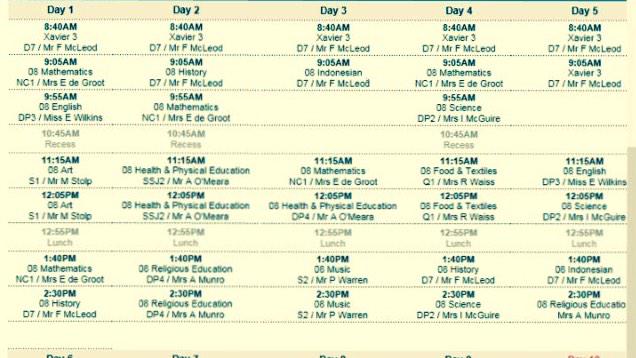Sep 23, 2010 North Carolina History Timeline of North Carolina History North Carolina County Development Time Map, 1664-1911 Browse by time period Precolonial Period (pre-1600) Colonial Period (1600-1763) American Revolution (1763-1789) Early Statehood (1789-1820) Antebellum (1820-1861) Civil War (1861-1865) Reconstruction (1865-1876) Gilded Age (1876-1900).

- Sepember 14, 1781 Lindley's Mill. Butler and 300 Whigs attempted to rescue Gov. Burke and 13 others from David Fanning’s 600 Tories. The previous day Fanning and 21 to 22 of his men had ridden into Hillsborough in broad daylight and captured the Governor.
- Raleigh, North Carolina 27601. Become a MOHA Member. The NC Museum of History is a division of.

The North Carolina State Historical Records Advisory Board (SHRAB) is the central advisory board for historical records planning and project assistance in the state and is responsible for assuring that the objectives of the National Historical Publications and Records Commission (NHPRC) are implemented in North Carolina.
Created by state statute in 1975, the SHRAB develops educational tools and programs that help documentary repositories throughout North Carolina preserve and provide access to historical records and archival materials. The SHRAB also reviews and evaluates proposals submitted by North Carolina applicants to the NHPRC.
Since 1924 the North Carolina Historical Review, published quarterly, has been a definitive source for the study and understanding of North Carolina history. Regular features include carefully researched, handsomely illustrated articles that explore North Carolina and southern history from the colonial period to the present and cover a variety of subjects; reviews of books about state, regional, and national history; an annual bibliography of books pertaining to North Carolina subjects; an annual index; and a listing, printed annually, of theses and dissertations related to North Carolina subjects.
Subscriptions
To subscribe to the North Carolina Historical Review please contact Nora Miller at nora.miller@ncdcr.gov.
Student . . . . . . . $20
Individual . . . . . . . $30

Library/Institution . . . . . . . $70
International . . . . . . . $85
For back issues still in print, contact the managing editor at annie.miller@ncdcr.gov. A list of all articles published in the Review between 1924 and 2013 is available online.
Issues of the Historical Review published between 1924 and 1967 are available online on the North Carolina Digital Collections as part of the State Library's State Government Publications Collection.

The North Carolina Historical Review is also available in digital format in the JSTOR and EBSCO journals databases in most academic libraries.
North Carolina's Public Health Outcomes in the Early Twentieth Century
The current pandemic recalls another public health crisis in the early twentieth century, the influenza pandemic of 1918, which killed some forty million people worldwide and over thirteen thousand in North Carolinian. See David L. Cockrell, “ ‘A Blessing in Disguise’: The Influenza Pandemic of 1918 and North Carolina’s Medical and Public Health Communities,” North Carolina Historical Review 73 (July 1996): 309–327. Download and read the attached pdf file, 'Cockrell-NCHR-1996-article.pdf' at the bottom of the page.
Editorial Policy and Submission Guidelines
The editors of the North Carolina Historical Review and the Advisory Editorial Committee seek to publish articles and annotated documents pertaining to the history of North Carolina. The editors and the committee consider originality of material and interpretation, sources, clarity of thought, style, and interests of readers. Materials primarily genealogical are not accepted.
Manuscripts should generally not exceed thirty-five double-spaced typed pages, including text and notes. Occasionally, longer manuscripts are accepted. Text and notes must be double-spaced, and the latter should appear on separate sheets at the end of the essay. The author’s name should appear only on the title page of the manuscript. The journal follows The Chicago Manual of Style, seventeenth edition, in matters of capitalization, punctuation, abbreviation, citation, and the like. The style guide is available for download (in PDF format) below.
Authors should submit for consideration two print copies of their manuscripts to the managing editor, Historical Research Office, Office of Archives and History, Department of Natural and Cultural Resources, 4610 Mail Service Center, Raleigh, North Carolina 27699-4610. Please also send an electronic copy to the managing editor at annie.miller@ncdcr.gov.
Nc History Mr.o's Standards

Nc History Mr.o's News
Associated Files
